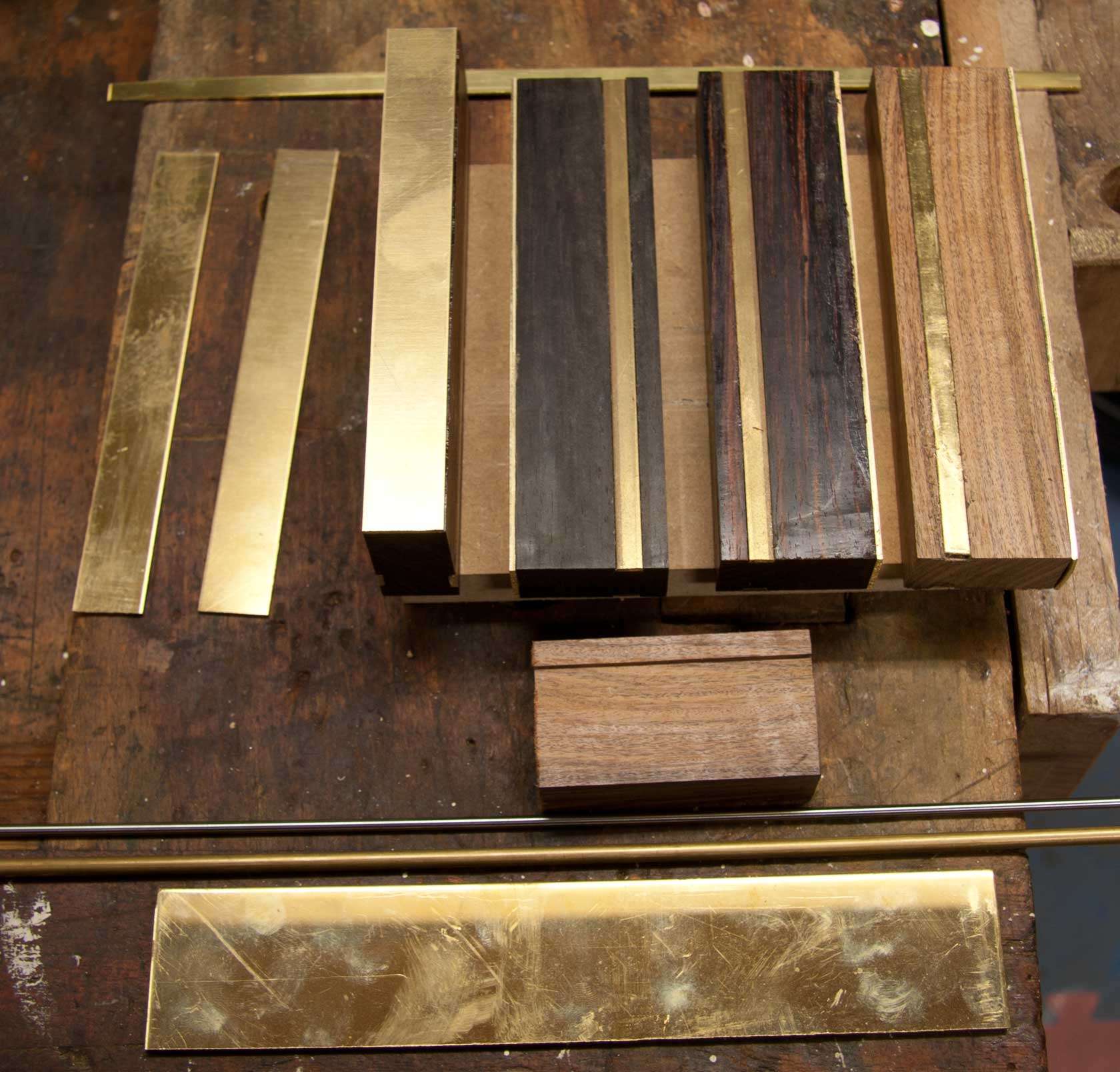Has anybody fitted more modern type guide wheels to the older type 352 Bandsaw?
The original system is rather crude and I know they work reasonably well, but on tightening them up, mine tend to rotate in the direction of the tightening force and therefore altering the correct gap and "parallelness".
It takes several attempts to get them to an acceptable position and is becoming a bit of a pain whenever I change blades.
Trying to get a clamp to keep them in position is difficult - because of the blade and allowing spanner " access ".
Rod
The original system is rather crude and I know they work reasonably well, but on tightening them up, mine tend to rotate in the direction of the tightening force and therefore altering the correct gap and "parallelness".
It takes several attempts to get them to an acceptable position and is becoming a bit of a pain whenever I change blades.
Trying to get a clamp to keep them in position is difficult - because of the blade and allowing spanner " access ".
Rod

































